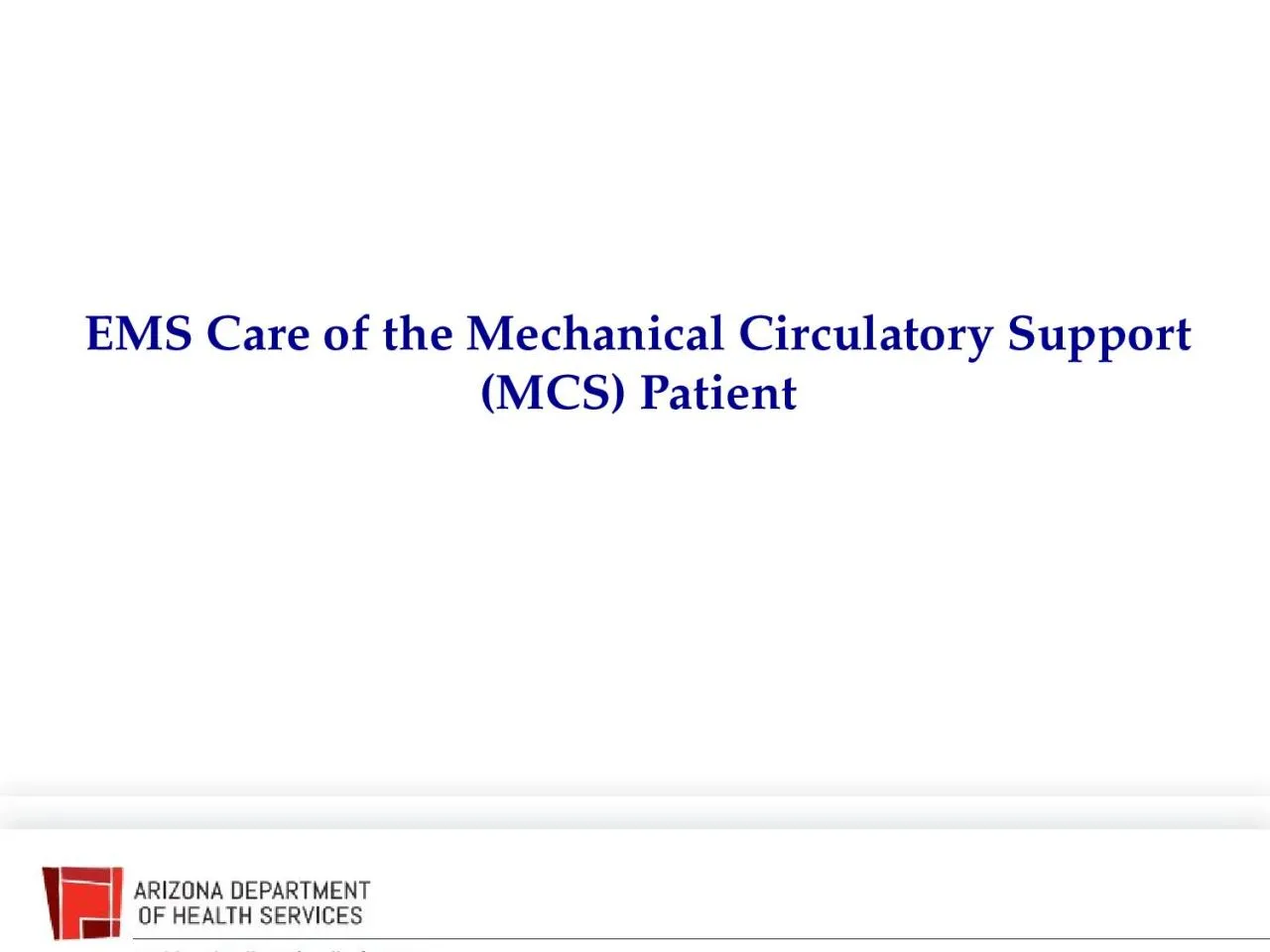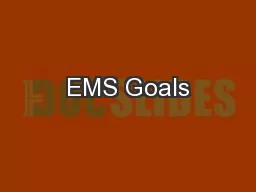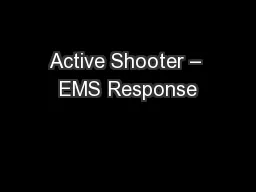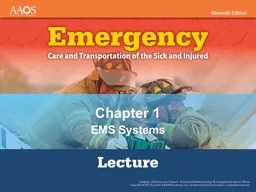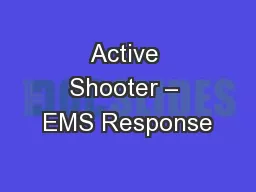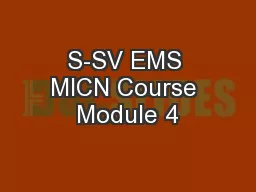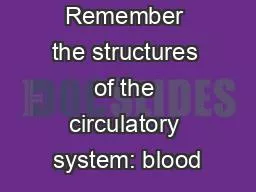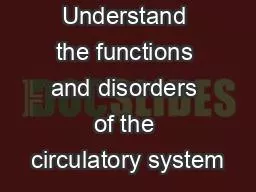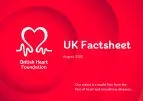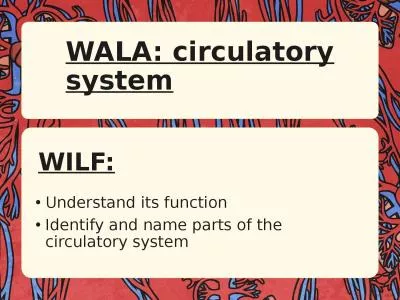PPT-EMS Care of the Mechanical Circulatory Support (MCS) Patient
Author : evans | Published Date : 2022-05-31
Mechanical Circulatory Support Mechanical circulatory support MCS encompasses Left ventricular assist devices LVAD Total artificial heart TAH Implanted artificial
Presentation Embed Code
Download Presentation
Download Presentation The PPT/PDF document "EMS Care of the Mechanical Circulatory S..." is the property of its rightful owner. Permission is granted to download and print the materials on this website for personal, non-commercial use only, and to display it on your personal computer provided you do not modify the materials and that you retain all copyright notices contained in the materials. By downloading content from our website, you accept the terms of this agreement.
EMS Care of the Mechanical Circulatory Support (MCS) Patient: Transcript
Download Rules Of Document
"EMS Care of the Mechanical Circulatory Support (MCS) Patient"The content belongs to its owner. You may download and print it for personal use, without modification, and keep all copyright notices. By downloading, you agree to these terms.
Related Documents

